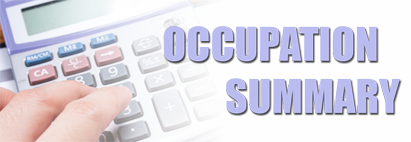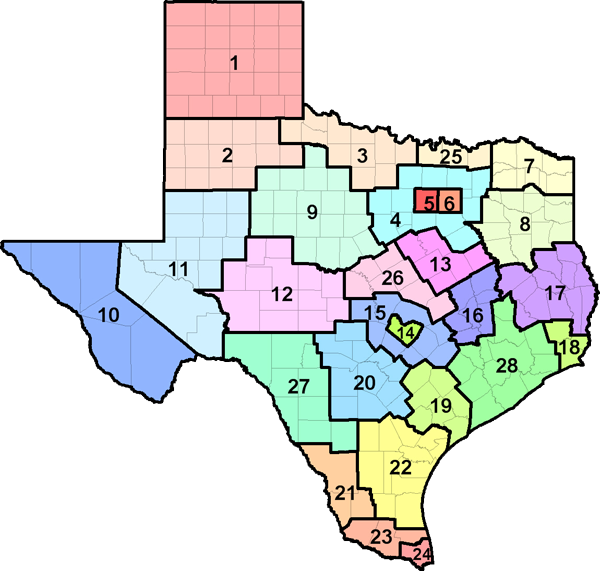The U.S. Department of Labor has developed an automated occupational information database, O*NET, that identifies and describes work content, work skills, and training requirements for all jobs across the country in all sectors of the economy. Much of the occupational information contained in this report is derived directly from the O*NET database, and supplemented with information from the Bureau of Labor Statistics, Census Bureau, and Labor Market and Career Information.

| Industry | % of Electrical Power-Line Installers and Repairers employed | Annual Growth Rate |
|---|---|---|
| Electric power generation, transmission and distribution | 47.6 | 0.47 |
| Utility system construction | 30.7 | 0.08 |
| Building equipment contractors | 3.9 | -0.42 |
| Natural gas distribution | 2.1 | -0.80 |
| 2024 Statewide average hourly wage | $36.98 |
| 2024 National average hourly wage | $43.32 |
| 2022 National employment | 122,400 |
| 2022 Texas employment | 11,869 |
| Texas projected employment by 2032 | 13,572 |
| Texas projected annual employment and Turnover openings through 2032 | 1,126 |

| Region | Employment | Projected Employment 2032 | Projected Annual Openings 2032 |
Annual Growth Rate |
Average Income |
|---|---|---|---|---|---|
| Texas (all regions) | 11,869 | 13,572 | 1,126 | 1.35% | $76,920.00 |
| Top 10 Relevant Knowledge Areas | Relevant Importance Levels |
|---|---|
| Building and Construction Knowledge of materials, methods, and the tools involved in the construction or repair of houses, buildings, or other structures such as highways and roads. |
|
| English Language Knowledge of the structure and content of the English language including the meaning and spelling of words, rules of composition, and grammar. |
|
| Education and Training Knowledge of principles and methods for curriculum and training design, teaching and instruction for individuals and groups, and the measurement of training effects. |
|
| Public Safety and Security Knowledge of relevant equipment, policies, procedures, and strategies to promote effective local, state, or national security operations for the protection of people, data, property, and institutions. |
|
| Transportation Knowledge of principles and methods for moving people or goods by air, rail, sea, or road, including the relative costs and benefits. |
|
| Mechanical Knowledge of machines and tools, including their designs, uses, repair, and maintenance. |
|
| Customer and Personal Service Knowledge of principles and processes for providing customer and personal services. This includes customer needs assessment, meeting quality standards for services, and evaluation of customer satisfaction. |
|
| Design Knowledge of design techniques, tools, and principles involved in production of precision technical plans, blueprints, drawings, and models. |
|
| Engineering and Technology Knowledge of the practical application of engineering science and technology. This includes applying principles, techniques, procedures, and equipment to the design and production of various goods and services. |
|
| Mathematics Knowledge of arithmetic, algebra, geometry, calculus, statistics, and their applications. |
| Top 10 Relevant Skill Areas | Relevant Importance Levels |
|---|---|
| Active Listening Giving full attention to what other people are saying, taking time to understand the points being made, asking questions as appropriate, and not interrupting at inappropriate times. |
|
| Troubleshooting Determining causes of operating errors and deciding what to do about it. |
|
| Operations Monitoring Watching gauges, dials, or other indicators to make sure a machine is working properly. |
|
| Operation and Control Controlling operations of equipment or systems. |
|
| Monitoring Monitoring/Assessing performance of yourself, other individuals, or organizations to make improvements or take corrective action. |
|
| Critical Thinking Using logic and reasoning to identify the strengths and weaknesses of alternative solutions, conclusions, or approaches to problems. |
|
| Coordination Adjusting actions in relation to others' actions. |
|
| Complex Problem Solving Identifying complex problems and reviewing related information to develop and evaluate options and implement solutions. |
|
| Repairing Repairing machines or systems using the needed tools. |
|
| Quality Control Analysis Conducting tests and inspections of products, services, or processes to evaluate quality or performance. |
| Top 10 Relevant Abilities | Relevant Importance Levels |
|---|---|
| Problem Sensitivity The ability to tell when something is wrong or is likely to go wrong. It does not involve solving the problem, only recognizing that there is a problem. |
|
| Arm-Hand Steadiness The ability to keep your hand and arm steady while moving your arm or while holding your arm and hand in one position. |
|
| Multilimb Coordination The ability to coordinate two or more limbs (for example, two arms, two legs, or one leg and one arm) while sitting, standing, or lying down. It does not involve performing the activities while the whole body is in motion. |
|
| Near Vision The ability to see details at close range (within a few feet of the observer). |
|
| Control Precision The ability to quickly and repeatedly adjust the controls of a machine or a vehicle to exact positions. |
|
| Deductive Reasoning The ability to apply general rules to specific problems to produce answers that make sense. |
|
| Oral Comprehension The ability to listen to and understand information and ideas presented through spoken words and sentences. |
|
| Information Ordering The ability to arrange things or actions in a certain order or pattern according to a specific rule or set of rules (e.g., patterns of numbers, letters, words, pictures, mathematical operations). |
|
| Manual Dexterity The ability to quickly move your hand, your hand together with your arm, or your two hands to grasp, manipulate, or assemble objects. |
|
| Finger Dexterity The ability to make precisely coordinated movements of the fingers of one or both hands to grasp, manipulate, or assemble very small objects. |